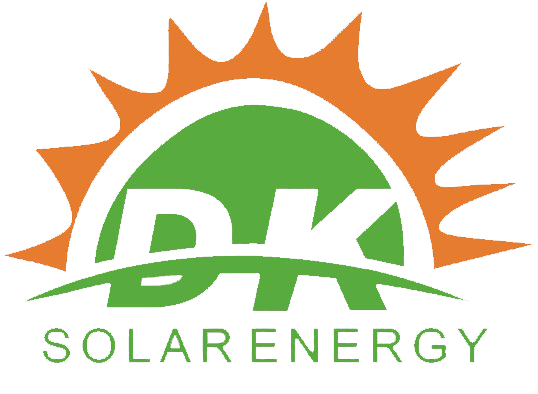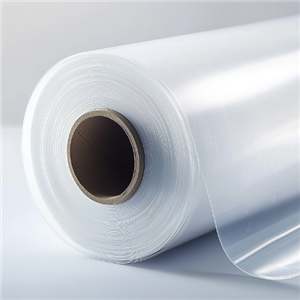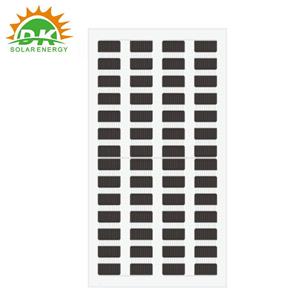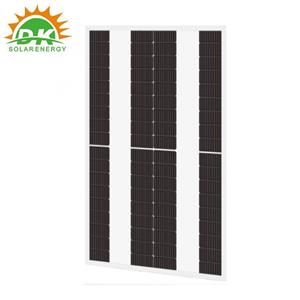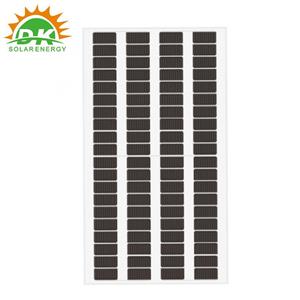Polymer substrate photovoltaic front sheet and back sheet
According to whether it contains fluorine, the backsheet can be divided into double-sided fluorine film backsheet, single-sided fluorine film backsheet and fluorine-free backsheet. The specific types are as follows:
①TPT backplane (PVF/PET/PVF)
The most common type of double-sided fluorine-containing backsheet on the market adopts a lamination process, and the Tedlar® brand PVF fluorine film produced by DuPont Company of the United States is laminated with the PET base film of the middle layer through an adhesive.
The inner layer of fluorine material protects PET from ultraviolet corrosion, and at the same time, it is specially treated to better bond with the packaging film. The outer layer of fluorine material protects the back of the module from moisture, heat, and ultraviolet erosion.
②Compared with TPT, the KPK type backsheet (PVDF/PET/PVDF) differs in that the inner and outer fluorine film uses PVDF film instead of PVF film. Its outstanding features are high mechanical strength, good radiation resistance, and good chemical stability. It is not corroded by acids, alkalis, strong oxidants and halogens at room temperature.
This type of backsheet was originally known as the KPK® backsheet made of Kynar® brand PVDF fluorine film produced by Arkema, France.
③KPF type back sheet (PVDF/PET/fluorine film) adopts composite process to compound PVDF fluorine film on PET base film through adhesive, and the other side adopts cast film making process to tightly and evenly coat fluorine-containing resin mixed with titanium dioxide on PET base film. The coating of the film, the coating is cured at high temperature to form a fluorine-containing film with self-adhesiveness to the PET base film, which is different from the fluorine paint coating that is easy to fall off.
The fluorine film meets the high-performance requirements of foreign fluorine film products such as UV resistance and water resistance, and at the same time, the price is significantly reduced.
Single-sided fluorine film composite backsheet:
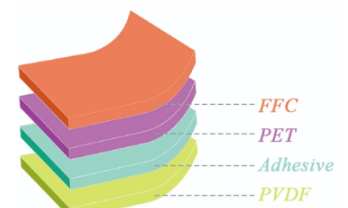
①TPE backsheet (PVF/PET/PE) mainly uses PE (polyolefin film) to replace the inner fluorine film. Because one side contains fluorine, its protection performance is not as good as that of TPT structure, and it is difficult to withstand the test of long-term anti-ultraviolet aging, but the cost Lower than TPT structure.
②The KPE backsheet (PVDF/PET/PE) mainly uses PE (polyolefin film) to replace the inner fluorine film. Because one side contains fluorine, its protection performance is not as good as that of the KPK backsheet, and it is difficult to withstand the long-term anti-ultraviolet aging test. But the cost is lower than the FPF structure.
Fluorine-free backsheet
PPE type backsheet: usually the outer layer of PET needs to be strengthened with anti-ultraviolet and weather resistance, and it is bonded by adhesive. Its resistance to damp heat, dry heat, and ultraviolet rays is relatively poor, and it is mainly used in photovoltaic modules with relatively low weather resistance requirements.
The traditional photovoltaic front-side packaging material is mostly glass, which has high strength and good light transmission, but it is heavy and cannot be bent greatly. Polymer materials are attracting more and more attention as front sheet materials instead of glass, especially in the packaging structure of lightweight and flexible components, which enriches the application scenarios of photovoltaic modules.
The front sheet material must have high transparency, and sometimes requires the addition of stable chemical additives, including UV absorbers and the like. In addition to good light transmittance and UV resistance, the transparent front plate also needs to provide certain mechanical strength, weather resistance such as wind resistance and hail impact resistance, and a thermal expansion coefficient that matches other packaging materials. Typical front sheet materials include ETFE, fluorocarbon resin, PVF, PVDF, etc. The failure mode of the front sheet is basically similar to that of the back sheet, but unlike the back sheet, discoloration and delamination will directly lead to optical loss because of the reduction of light transmittance, thereby affecting the power of the module. At present, there are two main types of front sheet structures applied to Ultra light solar modules: one is a transparent front sheet composed of fluorocarbon resin/PET, whose structure and performance are similar to the back sheet; the other is ETFE/glass fiber reinforced Structure of resin matrix composites.The application of polymer composite materials in the backplane is commonplace, but the application in the frontplane is still in the early stage.
